
Subscribe to our free
💌 Stay ahead with AI and receive:
✅ Access our Free Community and join 400K+ professionals learning AI
✅ 35% Discount for ChatNode
.png)

Much of what people consider to be classical coding has been replaced by low-code builders, also known as node based programming. This new visual style of program development happened to come at the same time as artificial intelligence being popularized by companies like Google, Anthropic, or OpenAI. Due to this lucky happenstance low-code tools like Zapier, Make, or n8n have taken over as the most popular AI development style for custom AI agents, tools, and workflows.
The most recent contender in the node based coding arena is none other than OpenAI itself! OpenAI’s most recent releases allow users to create fully customized AI agents all from directly within their platform and it is separated into several parts that make an in depth system when combined.
What Each Release Offers
Agent Builder is the core of OpenAI’s move into agentic development. It lets you design entire agent workflows visually with nodes, branches, loops, and tools. The Connector Registry centralizes integrations with Dropbox, Google Drive, and internal connectors. You can version, preview, and test workflows, monitor performance, and refine logic using built-in evaluation tools. What used to take multiple platforms now happens in one place. This is OpenAI’s competitor to programs like n8n, Zapier or Make.
ChatKit is where those agents meet the user. It gives you a plug-and-play chat interface you can drop into your product without touching front-end code. You can adjust the look, layout, and tone to match your brand. It supports interactive elements like buttons, cards, and forms directly inside the conversation. The built-in Widget Builder lets you design those components visually, test them in real time, and deploy them instantly without any front-end engineering. Real-time streaming responses, feedback controls, and thread persistence make it feel like something built by a real design team, not an engineer in a rush.
The Apps SDK takes it one step further. Instead of linking out to separate pages, it lets you build full applications that run inside ChatGPT itself. Using the Model Context Protocol, your app can share structured context with ChatGPT and your backend logic. You can build views that show up as cards, carousels, or full-screen layouts. ChatGPT can suggest apps based on context, and developers get access to an audience of hundreds of millions of users. OpenAI is also laying the groundwork for in-chat purchases and subscription flows, turning ChatGPT from a tool into an ecosystem.
How They Work Together
When you combine Agent Builder, ChatKit, and the Apps SDK, you can build intelligent products that blend reasoning, interaction, and interface. Agent Builder handles the logic, planning, and automation behind the scenes. ChatKit turns that logic into an interactive experience with dynamic widgets, forms, and live feedback that users can actually engage with. The Apps SDK brings it all together inside ChatGPT or as an embedded app in your own product, giving the agent a real front-end presence. Together, they create a system where agents can reason, respond, and display information through clean, customizable UIs.
You can create agents that search knowledge bases, process documents, and show results visually. You can design assistants that automate workflows, gather inputs, or walk users through tasks inside a branded interface. Because each layer shares context, you don’t need to rebuild logic or wire separate systems. Agent Builder defines how it thinks, ChatKit defines how it interacts, and the Apps SDK defines where it runs. The result is a tightly connected environment for developing agents that act intelligently and present information naturally.
Comparison to n8n and Other Traditional Builders
OpenAI’s stack is best for teams that want to move fast and build products people can see and use. It’s made for conversational agents, decision-heavy workflows, and AI-driven interfaces. You don’t need to worry about orchestration, hosting, or front-end design because those parts are already handled. Everything about it is optimized for creation speed, polish, and iteration.
Traditional builders like n8n still rule when control, scale, and compliance matter. They’re built for technical teams running backend operations, managing sensitive data, or automating systems that don’t involve users at all. You can host n8n privately, connect any API, trigger events on schedules, and see every single data step. It’s the safer choice for enterprise automation, repeatable logic, and large-scale workflows.
If you’re building something user-facing, creative, or fast-moving, OpenAI’s stack is the better choice. It’s built for polished interfaces, reasoning, and quick deployment. If you’re running complex systems, need full control, or handle sensitive data, n8n still wins. It’s stronger for backend automation, compliance, and large-scale reliability. In short, OpenAI is for speed and experience, n8n is for control and depth. Most smart teams will use both.
About
The AI Consultancy Who Starts with Perfecting Your Sales Process Unlike other companies who just waste your time and money on products you don't want or need, Agentic Brain focuses on perfecting your systems first, then we supercharge it with AI.

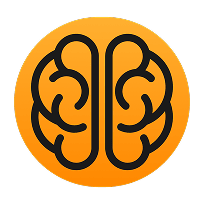
Recommended
.png)

.svg)




.svg)





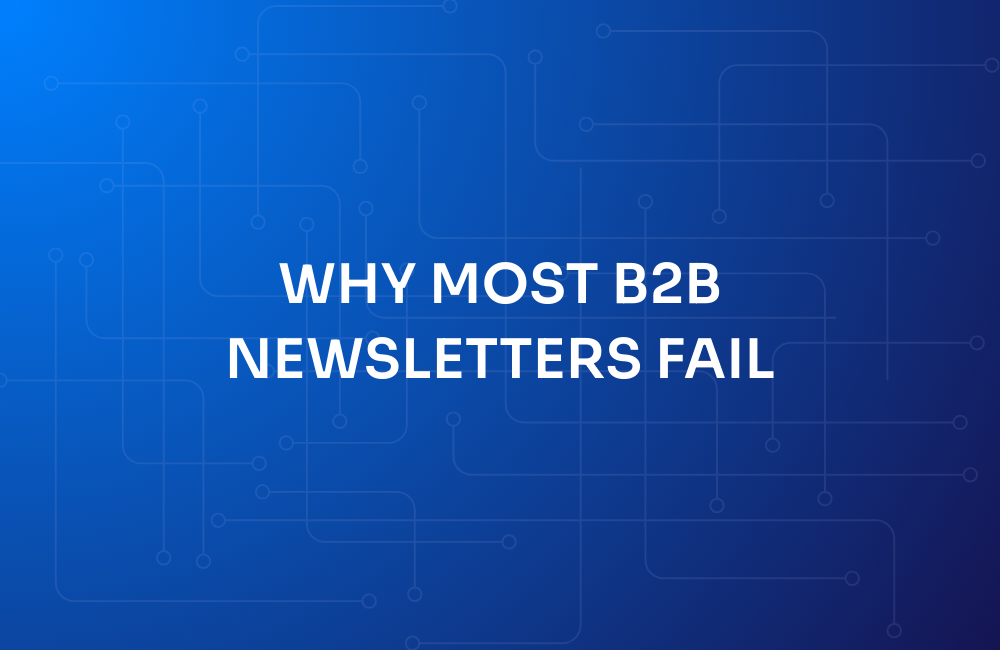

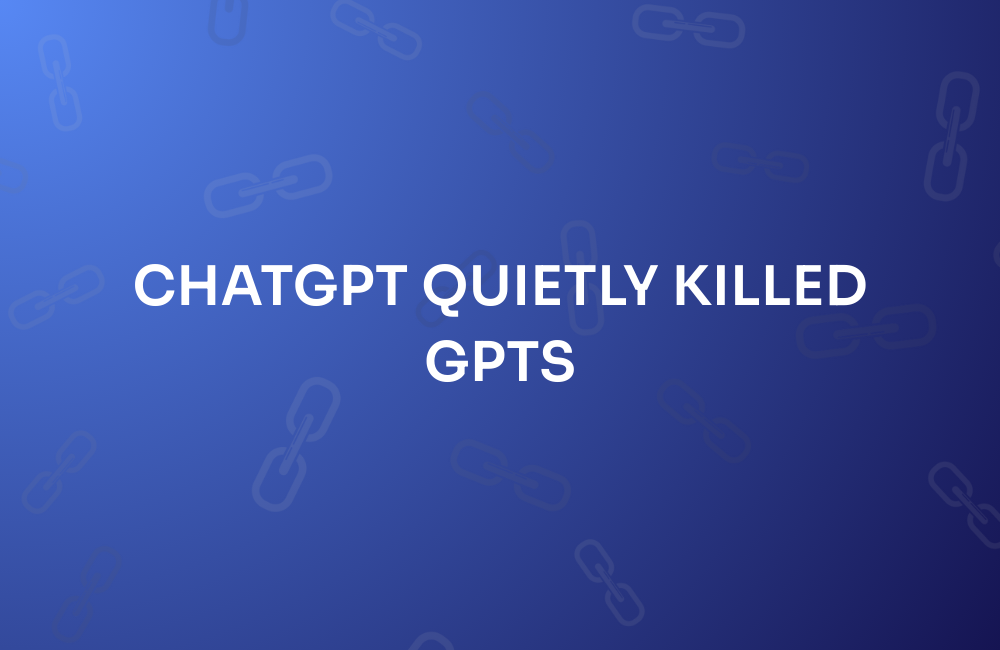

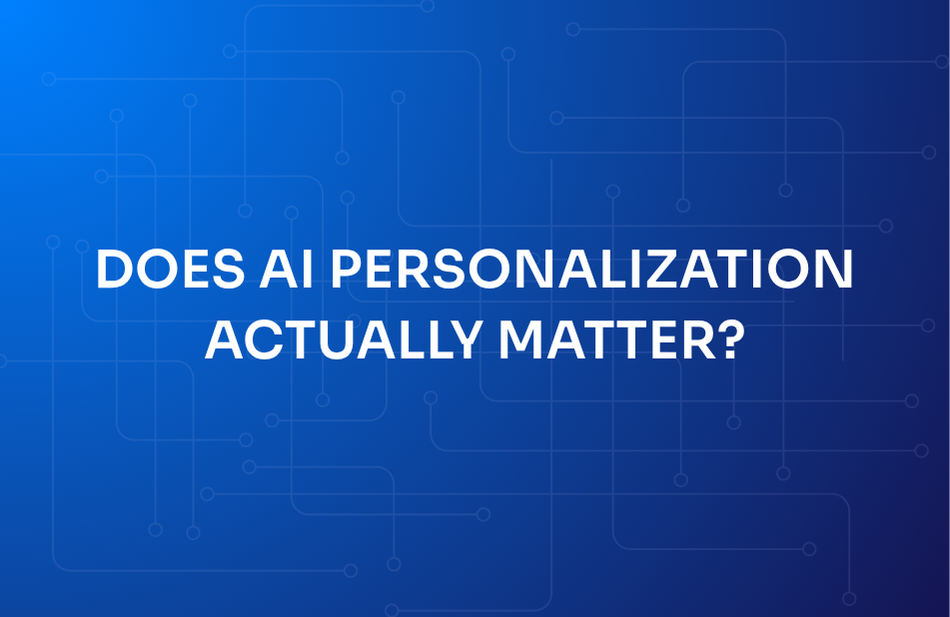

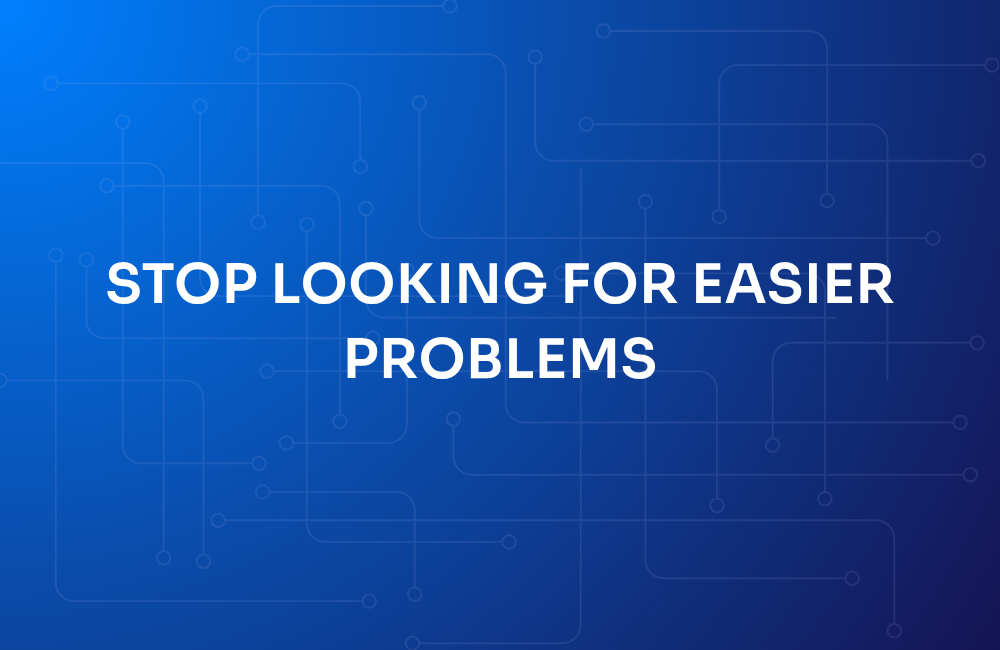
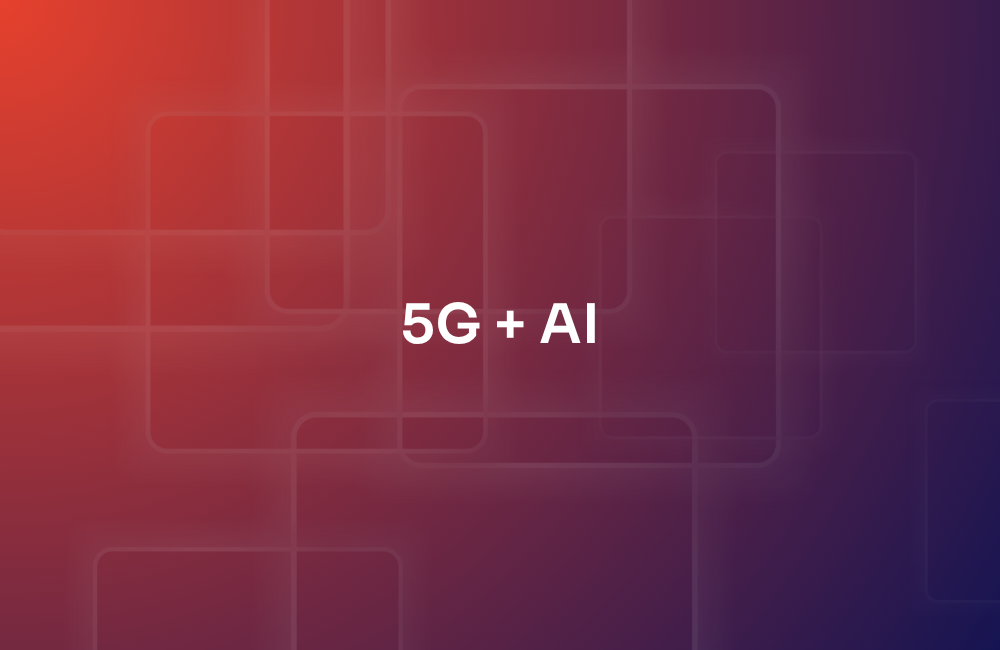
.png)
.png)
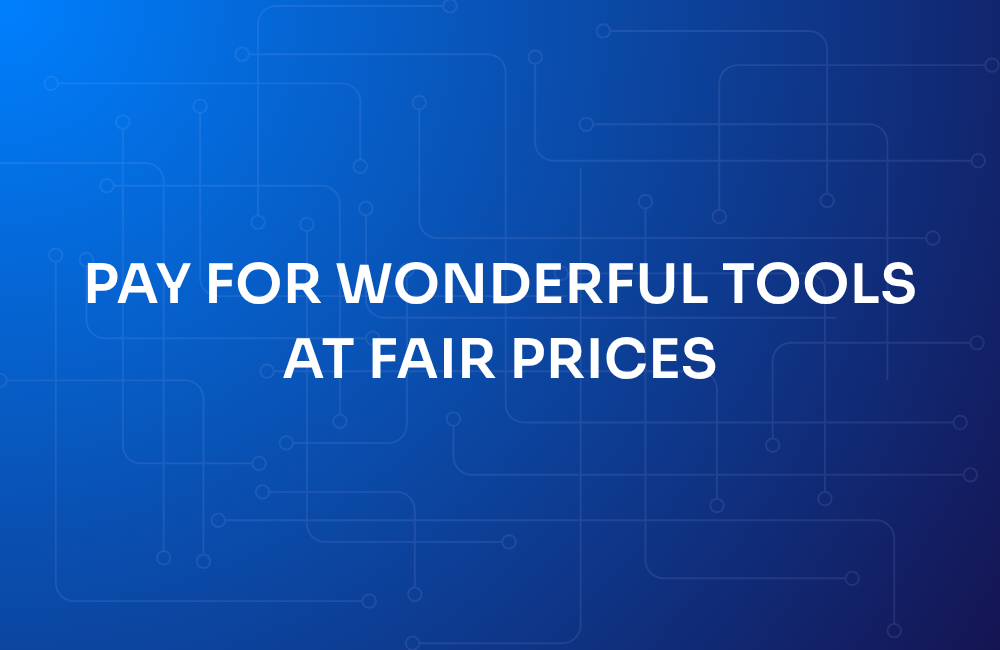
.png)
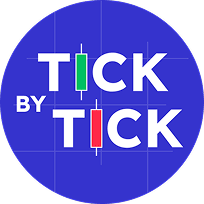

.png)
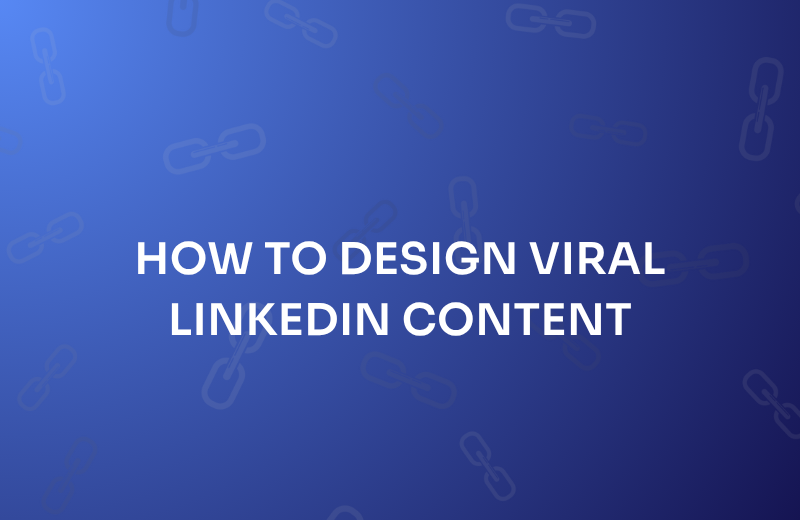
.png)
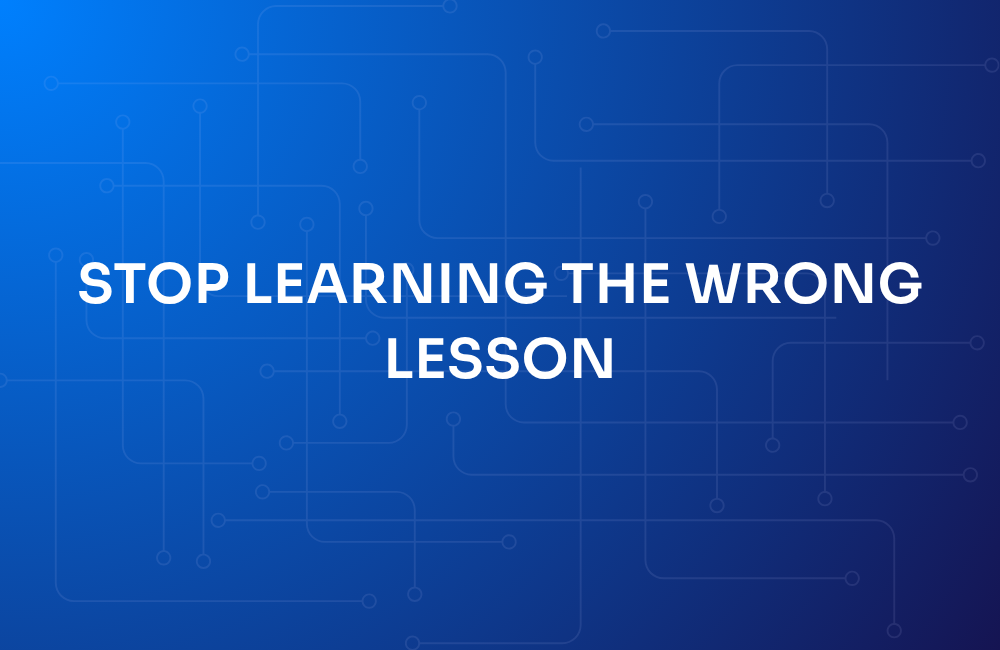
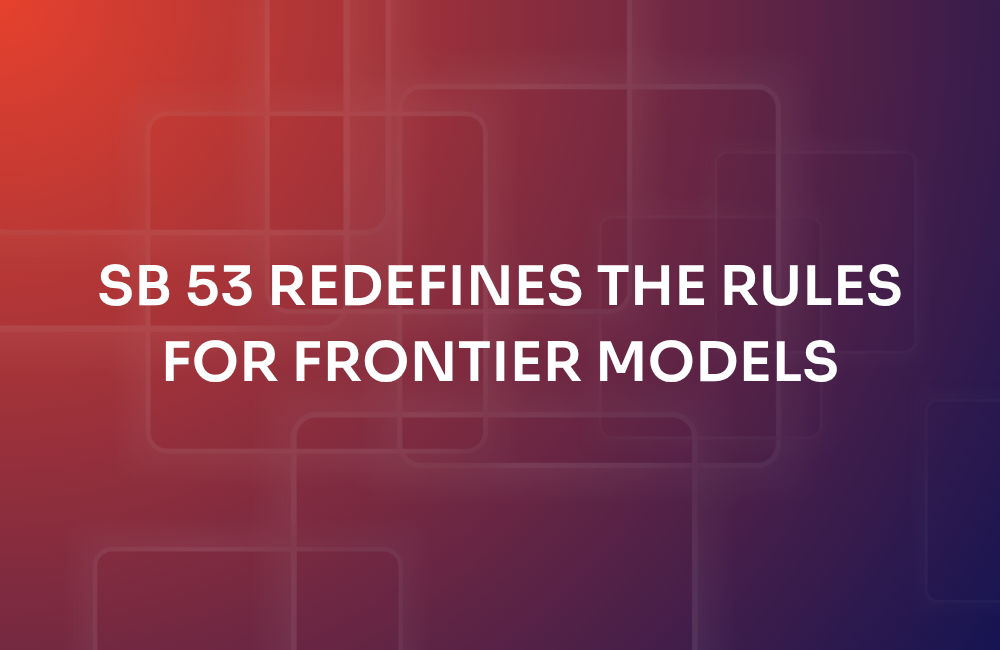
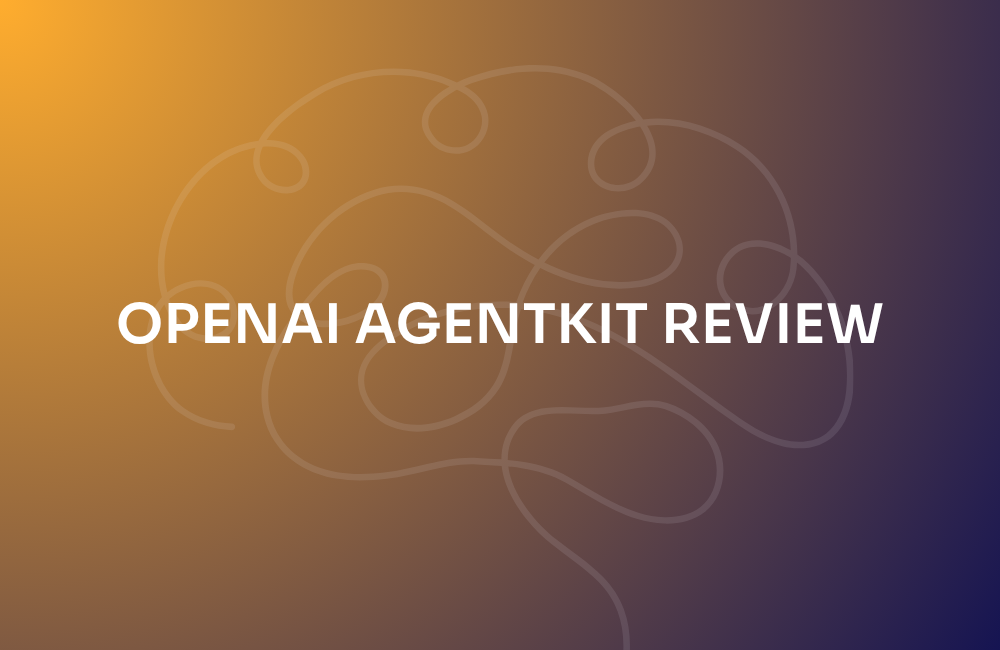
.png)
.png)
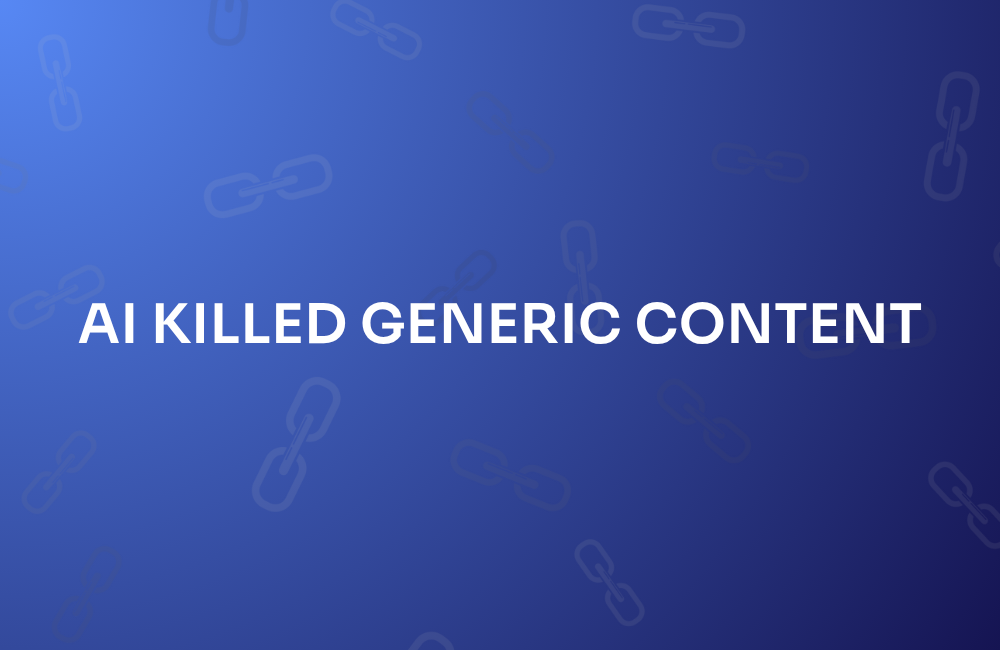
.png)
.png)
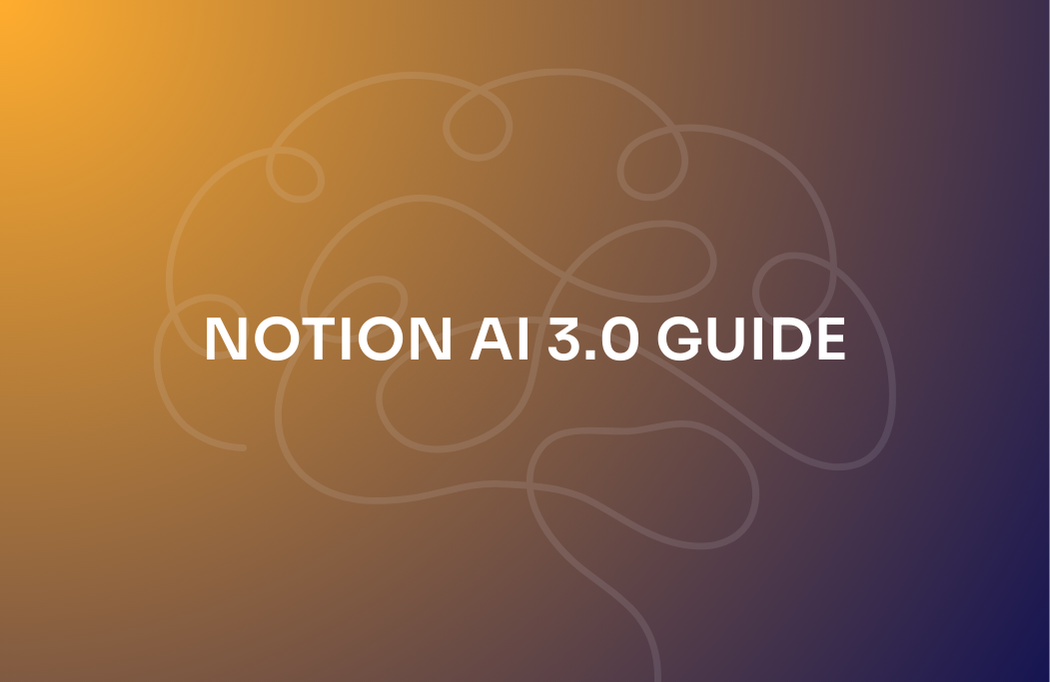

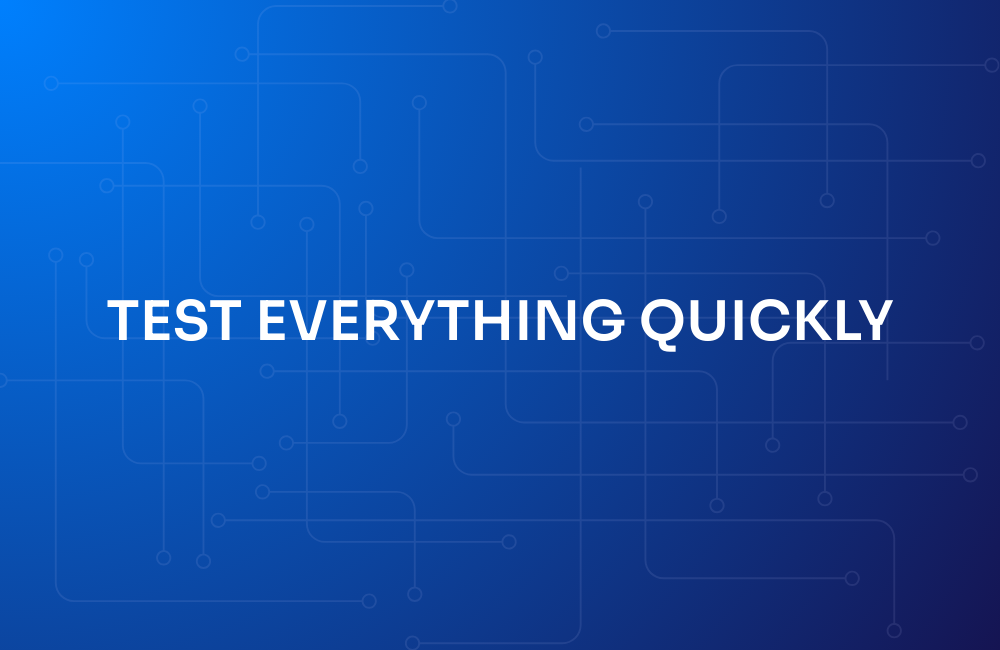
.png)
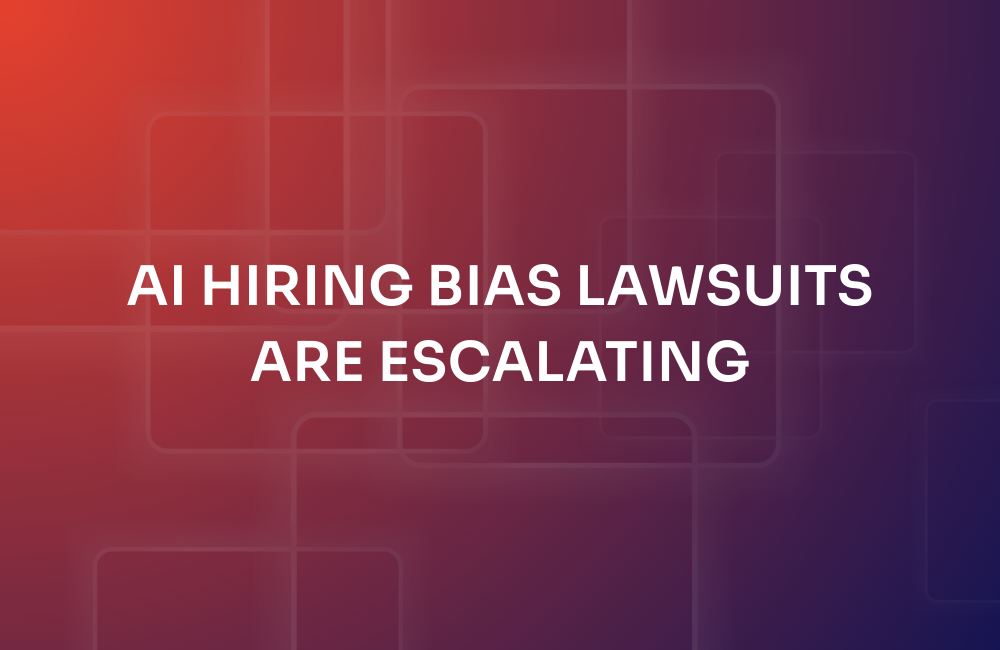
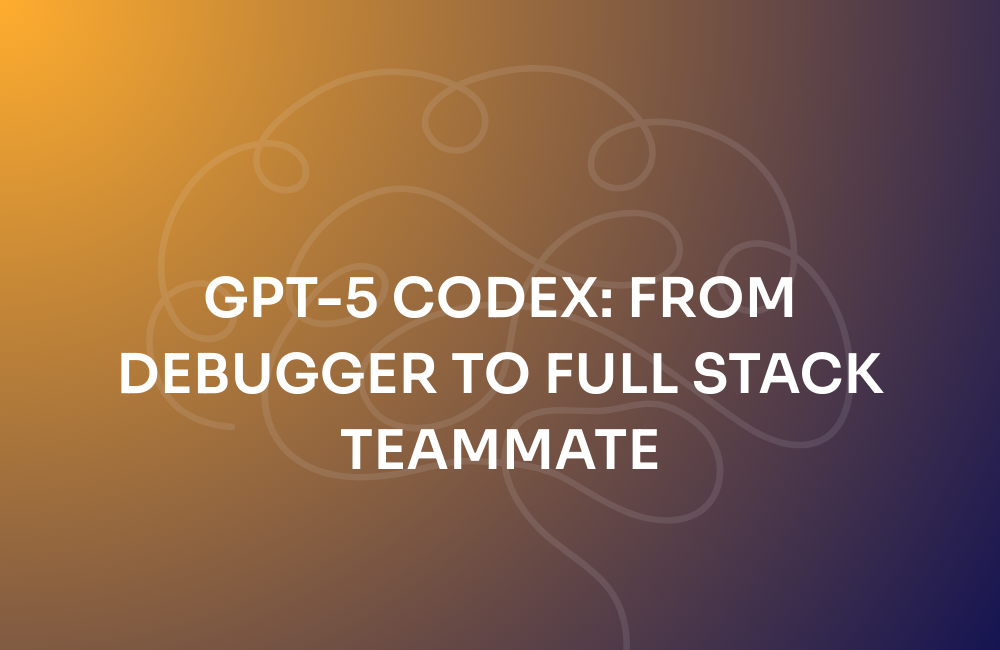
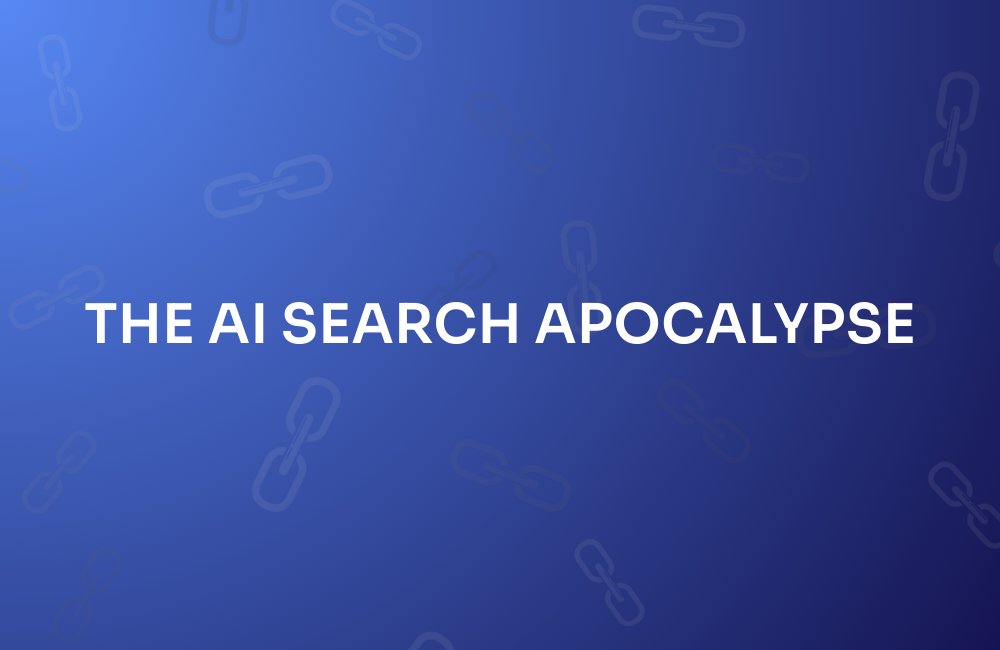
.png)
.png)
.png)
.jpg)


.png)
.png)
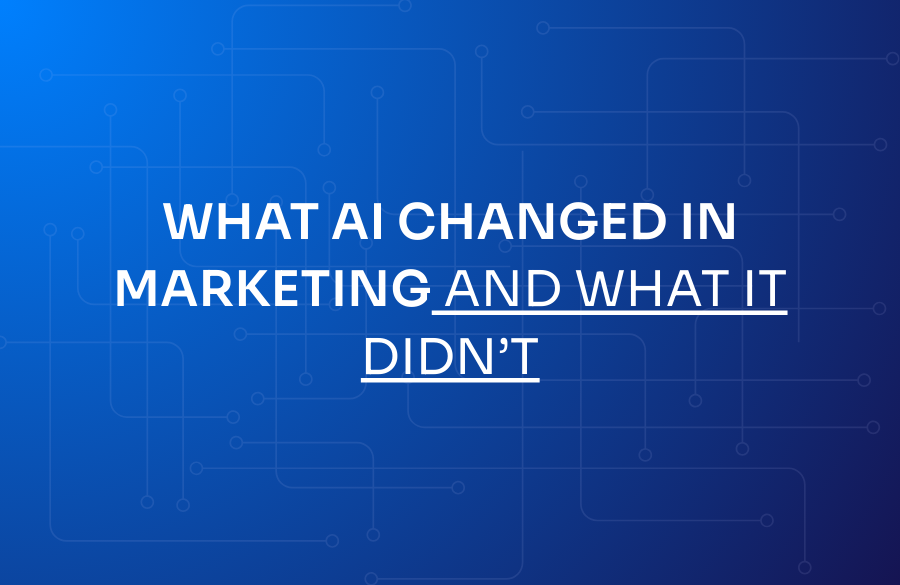
.png)
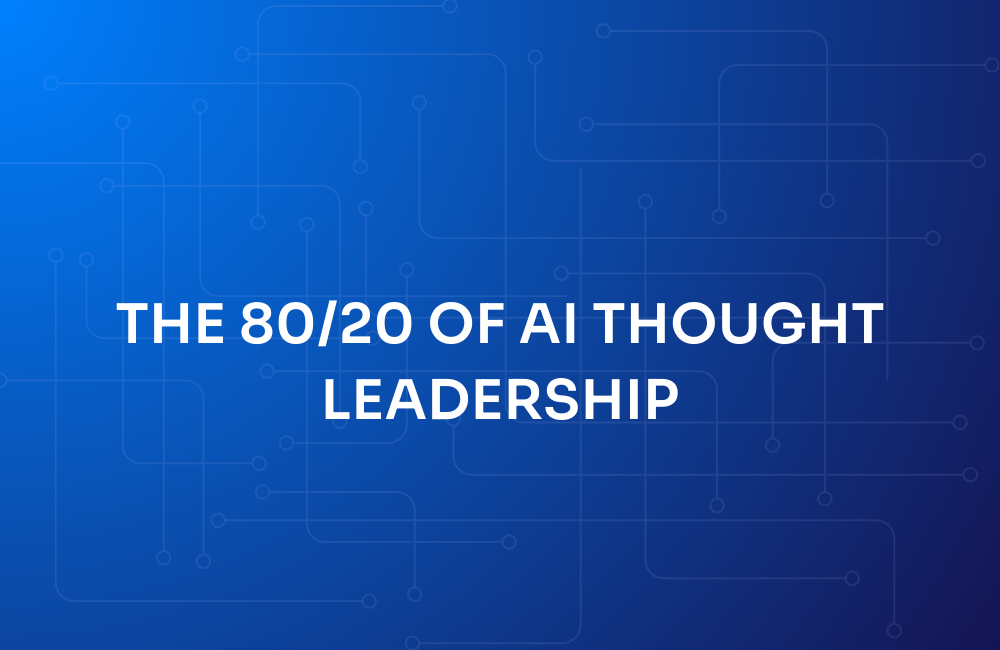
.png)
